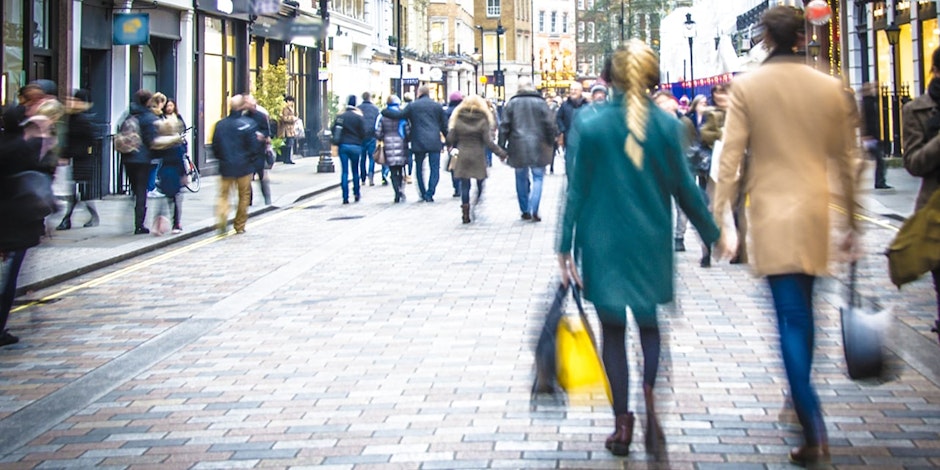Physical rebound: How retailers can capture the brick-and-mortar bounce
This article was published prior to LiveArea's acquisition by and integration into global agency Merkle

As high streets reopen and emerge from pandemic restrictions there has never been a better time for traditional retailers to win back customers from their digital challengers. A forced taste of a near-total digital lifestyle didn’t go down as well as predicted. Now physical retailers have a time-sensitive opportunity to regain their footing and a competitive edge.
Yes, we all read the dire earnings reports and store closure lists of traditional retailers as the pandemic turned our shopping habits upside down. Case in point: in the UK 30% of John Lewis stores will not reopen. Many analysts saw this as the final nail in the coffin for traditional retail. Brands had to get online, and fast, if they wanted to remain relevant and, well, solvent.
For years, larger, more established brands have been regularly disrupted by digital newcomers with innovative ideas, low overhead, nimble decision-making, and rapid roll-out capabilities.
Dollar Shave Club was so disruptive that Unilever bought the company for $1 billion.
Boohoo, a digital fashion powerhouse saw a 27% increase in their active customer base in 2020 and a £1.3 billion increase in their valuation.
Birchbox beauty boxes are so effective at product discovery and conversion that Walgreens bought a minority share in the company.
But what analysts didn’t foresee was the ‘welcome back’ opportunity of a cautiously optimistic, increasingly vaccinated customer base. According to an analysis of post-pandemic booms by The Economist, consumers will get out and spend their COVID-lifestyle savings on all kinds of goods. Purchases may be both mundane and goods with an exotic appeal, perhaps a long-coveted luxury previously out of budget if they can be made in person.
The fact is people remain at heart social animals, and the opportunity to browse aisles and touch products in the company of others is too strong a draw to be ignored. Digital is not enough. If you doubt this, consider how satisfying those family and friend video calls have been versus the ‘real thing’ of meeting in person.
Smartly blended
Step up physical retailers, now is your time to shine. In a post-pandemic world, it is an advantage to have a physical channel. But that channel can’t rebound in isolation. Post-pandemic history also shows us that while people want to get out and socialize, there remains lingering hesitancy over health and safety concerns. Orchestration across channels is key. A smartly blended digital and physical retail strategy can ease customer safety concerns and capitalize on a new brick-and-mortar role – store as a social experience.
Technologies like LiveArea Scan & GoTM offer a checkout-free retail experience – no queuing, no public tills, or touchscreens – you can buy in-store right from the comfort and safety of your phone. From a retailer's point of view, it seamlessly integrates into the existing website, customer profiles, and loyalty programs.
Liberated from the traditional counter and till models, retailers can rethink their store spaces to provide unique, in-person product experiences that their digital-based competition can’t easily rival.
Nike, for instance, has a shop floor dedicated to a small soccer pitch, a basketball court, and treadmills. The environment allows customers to test out potential purchases in advance. Smart technology embedded in the in-store basketball court even gives feedback on customer playing style.
Service design approach
Cross-channel orchestration and product experience innovation are best served from a total ecosystem perspective often provided by a service design approach. Looking across the entire product experience stack – from product purchase and use all the way back to product development and creation, including the supply chain – can uncover opportunities for optimization and invention that lead to improved customer and business outcomes.
The key to capturing the brick-and-mortar bounce is to think customer experience first and technology second. Retailers need to define the unique, physical, branded experiences that their customers have been waiting patiently for behind their mobile screens. Once defined, the concepts can be enhanced and enabled with technology that will reassure customers and capitalize on digital investments made during the pandemic.
Author: Samantha Mansfield, senior strategy director, LiveArea

